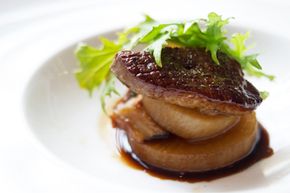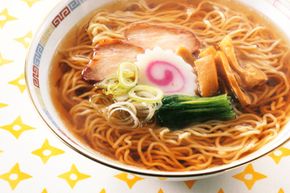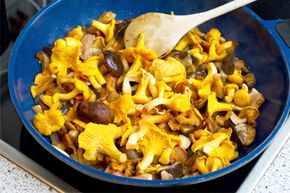Suppose someone asked you what makes your best friend your best friend. You might describe their personality or the interests you share. Yet something about the way all of those qualities come together in your friend that makes your friend's traits unique. You might just shrug and say there's chemistry between the two of you.
If you want to understand why cheeseburgers, ramen and lasagna taste so good, it's time to think about umami – the unidentifiable chemistry and unknown quality that brings flavors together.
Advertisement
Umami (pronounced oo-MAH-mee) has been called the fifth taste, joining the traditional quartet of salty, sweet, bitter and sour. The word umami derives from the Japanese umai, which roughly translates as "deliciousness" [source: Umami Information Center]. Chefs have described it as everything from "delicate and subtle" to "earthy, musty and mushroom-like" [source: Ninomiya]. For many people, the effect is simply addictive [source: Souza].
For food scientists, umami is chemistry in the literal sense. Like the other tastes, umami is a biological encrypted message; in cracking the code, scientists also learn more about the physiology of taste. What they find may have important implications for human health and evolution – not to mention the fortunes of food manufacturers. Umami is also a card up the sleeve for preparing satisfying meals.
So what is this delicately musty, subtly earthy deliciousness that has scientists, food makers and average taste bud-bearing humans in its thrall? Read on to learn how one man's fascination for a certain staple food got the ball rolling toward answering that question.
Advertisement




